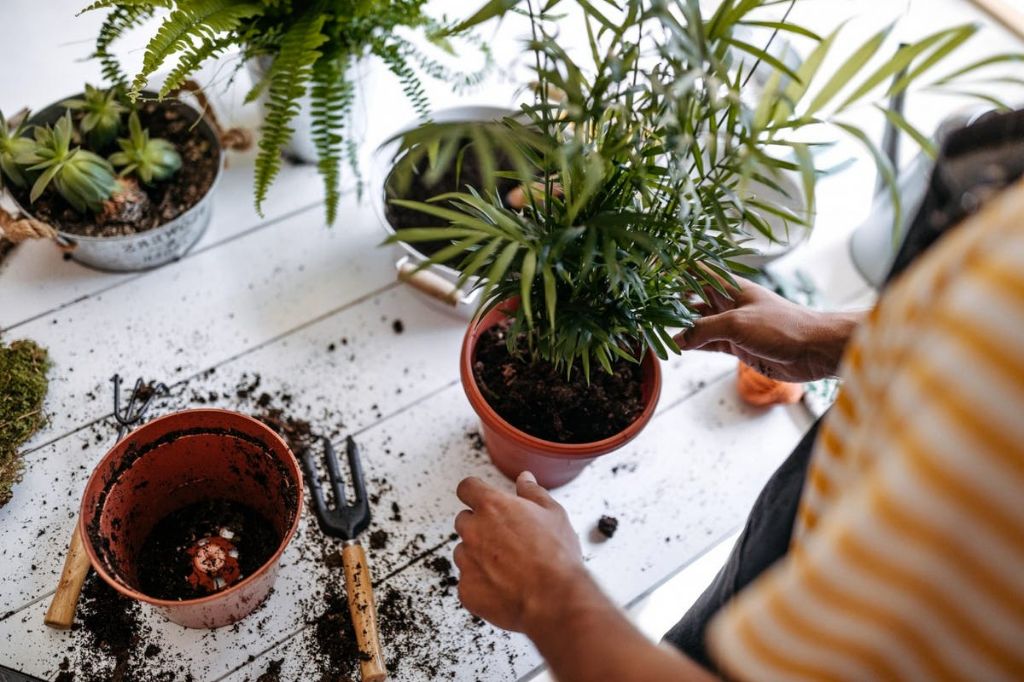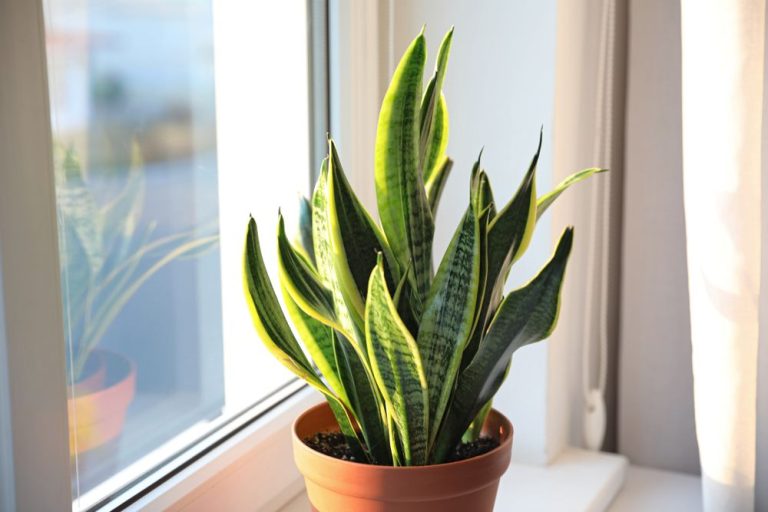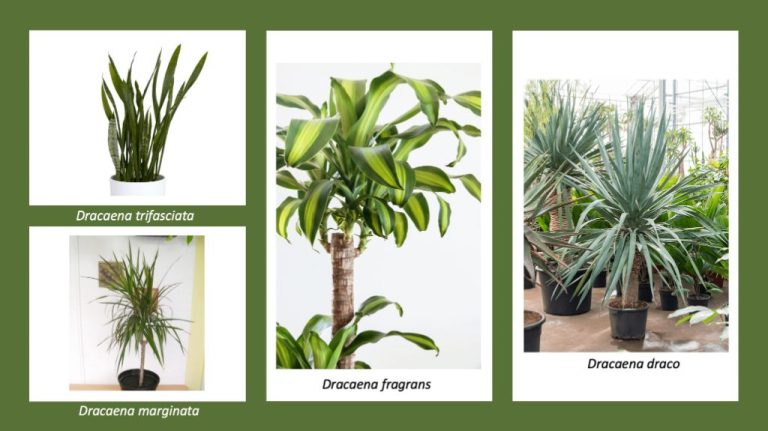Beginner’S Guide To Houseplant Care: Essential Tips For Success
Taking care of houseplants can seem like an intimidating task for beginners. With so many different plants to choose from and proper care techniques to learn, it’s easy to feel overwhelmed. However, growing healthy houseplants is very achievable if you have the right guidance.
This beginner’s guide aims to make indoor plant parenthood easy and enjoyable. It will provide you with essential tips for choosing the right plants, repotting, watering, providing proper light, maintaining ideal temperature and humidity, fertilizing, pruning, pest management, and propagation. With the information in this guide, you’ll gain the knowledge and confidence to successfully care for a beautiful indoor garden.
Houseplants can bring numerous benefits into your home, from air purification to décor. By following the recommendations in this guide, even novice gardeners can keep their plants healthy and thriving for years to come. Equipped with the fundamental techniques for success, you’ll be on your way to becoming an expert on houseplant care.
Choosing the Right Plants
When selecting houseplants, it’s important to consider factors like the amount of natural light in your home as well as the size of the plant and its growth habits. Beginners will have the most success starting with low-maintenance plants that can tolerate low light conditions. Here are some great options to consider:
Snake plants are one of the most popular and hardy houseplants. They require very little water and can survive in most lighting conditions, though they prefer bright, indirect light. Their sword-like leaves add great architectural form to any space. [1]
Pothos, also known as devil’s ivy, is another virtually indestructible houseplant. With its trailing vine-like stems, pothos looks great in hanging baskets or trailing from shelves. It thrives in low to bright indirect light. [2]
Peace lilies are excellent air purifying plants that thrive in shade and need little watering. Their white blooms brighten up any indoor space. [3]
ZZ plants have waxy, oval-shaped leaves that can tolerate weeks of neglect. They do best in bright, indirect light but can manage in medium and low light spots as well. [1]
An easy way to find beginner-friendly houseplants is to visit your local garden center and look for plants tagged for low-light or low-maintenance care. Houseplant sections at most stores will also separate plants based on their lighting needs. Wherever you purchase plants, avoid those with signs of disease, pests, or damage.
[1] https://www.southernliving.com/garden/indoors/best-indoor-plants
[2] https://www.realsimple.com/best-houseplants-for-beginners-7111281
[3] https://www.thespruce.com/the-best-houseplants-for-beginners-4767423
Planting and Repotting
When first planting your houseplant in a pot, choose a container with drainage holes at the bottom to allow excess water to drain out. Plastic, ceramic, and glazed terra cotta pots all work well for houseplants. Make sure the pot is a couple inches wider than the original nursery pot so there is room for growth. For potting mix, use a light, peat-based soilless mix that retains some moisture but also allows drainage.

In general, most houseplants need to be repotted into larger containers every 1-2 years as they outgrow their pots. The best time to repot is in spring, before the growing season gets underway. Carefully remove the plant from its old pot and loosen the root ball with your hands or a tool to encourage new root growth. Prune off any circled or tangled roots. Choose a pot 1-2 inches larger than the current size. Fill the new pot about 1/3 full with potting mix, set the plant inside, and fill around it with more mix. Water thoroughly after repotting. Using fresh, sterile potting mix prevents fungal diseases (Source).
Opt for a well-aerated, lightweight potting mix for indoor plants. Most bagged mixes contain peat moss, perlite, vermiculite and compost. You can make your own by mixing equal parts peat moss and perlite. Avoid regular garden soil, as it will hold too much moisture for indoor plants (Source).
Watering
Watering is one of the most important parts of houseplant care. Knowing how much and how often to water can be tricky, so pay close attention to your plants’ needs. As a general rule of thumb, water your plants when the top inch or so of soil feels dry to the touch (Source). The frequency depends on factors like the plant type, pot size, time of year, and environmental conditions. For example, plants in small pots may need water every few days, while those in larger pots can go 1-2 weeks between waterings.
Signs of underwatering include drooping, yellowing leaves, dry soil, and stunted growth. To remedy, water the plant thoroughly until water drains from the bottom of the pot. Overwatering can lead to soft, mushy leaves, mold, root rot, and leaf drop. Allow the soil to dry out for a period before resuming a normal watering schedule.
When watering, pour room temperature water until it flows from the drainage hole. Water early in the day to allow the foliage to dry. Avoid getting water on the leaves, which can promote disease. Invest in a watering can with a long spout for easy, controlled pouring (Source). Bottom watering by placing the pot in a tray of water can also help distribute moisture evenly.
Light
Light is critical for houseplants. In their natural habitats, most houseplants grow in bright, indirect light conditions. Replicating these conditions indoors can be challenging, but is key to keeping plants healthy. Light requirements can vary significantly by plant. Here are some general guidelines (source):
- Low-light plants: less than 2 feet from window
- Medium-light plants: 2-4 feet from window
- High-light plants: within 2 feet of window
Many common houseplants like pothos, philodendrons, and peace lilies do best in medium to low light conditions. Cacti, succulents, and flowering plants usually require more light. Check specific light needs for your plants (source).
If natural light from windows isn’t sufficient, supplemental lighting can be used. LED grow lights are an efficient option that don’t generate much heat (source). Place grow lights 4-12 inches above the plant. Rotate plants periodically so all sides get light exposure.
Temperature and Humidity
Houseplants thrive when kept in the optimal temperature range and with adequate humidity. The ideal temperature range for most houseplants is 65 to 75°F during the day and 60 to 65°F at night (
Humidity Tips: How to Keep Your Houseplants Happy). Lower light levels in winter mean plants are not photosynthesizing as actively and can be kept on the cooler end of this range, while warmer summer temperatures with more daylight require higher temps.
Humidity is also important for healthy houseplants. Most indoor plants prefer 40-60% relative humidity, though some tropical varieties appreciate even higher humidity around 60-80%
(10 Tips on How to Increase Humidity for Plants). When humidity is too low, plants can experience dried out leaf tips, brown spots, or difficulty opening new leaves. Methods to increase humidity include using a humidifier, placing plants above pebble trays filled with water, misting plants, and grouping plants together. In winter when home heating systems cause very dry air, make an extra effort to monitor and boost humidity for houseplants.
Fertilizing
Fertilizing provides nutrients that plants need to thrive that are not always sufficiently obtained through soil and water alone. Fertilizing houseplants can encourage lush growth, fuller foliage, and brighter blooms. There are two main types of fertilizer for houseplants: liquid fertilizers and granular fertilizers.
Liquid fertilizers like Miracle-Gro Indoor Plant Food can be mixed with water and applied directly to the soil every time you water. This provides a constant light feeding. Granular fertilizers like Osmocote Smart-Release Plant Food pellets can be mixed into the soil and release nutrients gradually over time. These provide less frequent but more concentrated feeding.
In general, houseplants should be fertilized every 2-4 weeks in the spring and summer during their active growing season. In fall and winter, fertilizing can be reduced to once a month or every 6-8 weeks. Always follow label instructions for diluting liquid fertilizers and applying either type. Fertilizing too frequently or with too high concentration can harm plants.
Pruning
Pruning houseplants is an essential task that helps promote healthy growth. By removing damaged or overgrown parts of the plant, pruning encourages the production of new shoots, creates a desired shape or size, and improves air circulation to prevent disease. Proper pruning also allows the plant to focus its energy on the remaining healthy stems, leaves, and buds.
Pruning should be done periodically through a houseplant’s annual growth cycle. Most indoor plants need pruning every two to three months during their active growing season (typically spring through summer). It’s best to avoid heavy pruning in fall and winter when plants are dormant.
When pruning, always use clean, sharp shears or scissors to make cuts.1 Sterilize tools before each use with rubbing alcohol to prevent transferring diseases between plants. Make cuts just above leaf nodes at a 45 degree angle to encourage new growth.2 Remove dead or dying stems back to healthy tissue, and trim overgrown stems to shape the plant. Take off faded flowers and crowded clusters of leaves to keep the plant neat and tidy.
With the right technique and well-timed pruning, houseplants will continue to thrive for years to come.
Pest Management
Dealing with pests is an inevitable part of growing houseplants. Some of the most common houseplant pests include aphids, mealybugs, spider mites, fungus gnats, and scale insects. Knowing how to identify and treat these pests is key for maintaining healthy plants.
Here are some organic and natural remedies for managing common houseplant pests:
- Insecticidal soap or neem oil – These natural insecticides can help control soft-bodied insects like aphids, mealybugs, and spider mites. Spray plants thoroughly, getting underneath leaves.
- Rubbing alcohol – Use a cotton swab dipped in 70% isopropyl alcohol to wipe mealybugs off leaves.
- Diatomaceous earth – This powder desiccates soft-bodied insects. Dust it onto the topsoil surface.
- Sticky traps – Yellow sticky traps catch fungus gnat adults before they can lay eggs in the soil.
- Pruning – Remove heavily infested stems and leaves to get rid of scale insects.
- Bacillus thuringiensis – This biological insecticide targets fungus gnat larvae in the soil.
For severe infestations, you may need to use horticultural oil or insecticidal soap more than once per week. Always read product labels and take precautions when using pesticides, even natural ones. With vigilance and proper treatment, you can keep pests at bay and enjoy thriving houseplants.
Propagation
Propagating houseplants is an easy and affordable way to expand your plant collection. There are a couple main methods of propagating houseplants at home.
Propagating from cuttings involves taking a 4-6 inch cutting from the tip of a stem or side branch just below a node and rooting it in water or soil (source). Make sure to use a clean, sharp pair of scissors or pruning shears. Remove any flowers or buds from the cutting to encourage root growth. Place the cutting in a glass of water or in a small pot filled with well-draining potting mix. Keep it in a warm, bright area out of direct sunlight. Roots should develop in a few weeks. Once the roots are 1-2 inches long the new plant can be repotted.
Another propagation method is division. This involves breaking off a side shoot or rosette from the original plant and replanting it (source). Use a clean, sharp knife to separate the shoot or rosette at the base or rhizome. Allow the cutting to dry for 1-2 days before replanting in well-draining soil. Water sparingly until established. Division is best done in spring or early summer.
Propagating houseplants allows you to multiply your collection for free. It’s best to take cuttings from healthy, established plants. Provide the proper growing conditions and new plants will flourish.





